General Blog Posts
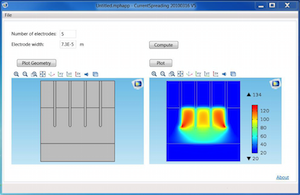
Building an IR Microscope App at ZINK Imaging
A guest blogger from ZINK Imaging shows off a simulation app he built from a simple thermal model of an IR microscope. Learn more and see his step-by-step process for creating an app.
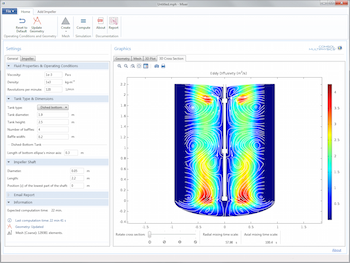
Intro to Optimizing Mixer Design by Creating an App
By building a simulation app to study mixer designs, you can easily test the influence that the vessel, impeller, and operational conditions have on the design’s mixing efficiency.
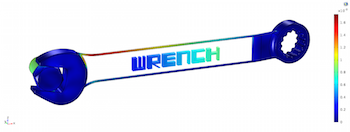
Postprocessing Local Data Using Component Coupling
Derive numerical values. Create new coordinate systems. Link different components in the same model. How can you accomplish all of these tasks? By using Component Coupling operators.
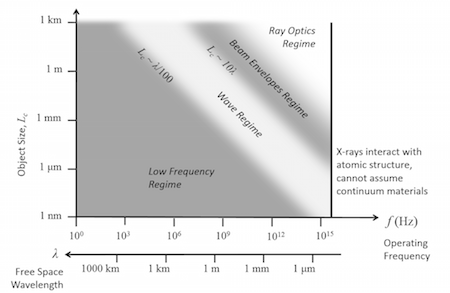
Guide to Frequency Domain Wave Electromagnetics Modeling
Read this blog post for your introduction to the various types of problems that you can solve in the RF and Wave Optics modules with COMSOL Multiphysics®.

Using the Previous Solution Operator in Transient Modeling
Use the Previous Solution operator for time-dependent models in which you want to evaluate quantities at the previous time step when using the default implicit time-stepping algorithm.

Fitting Measured Data to Different Hyperelastic Material Models
Want to fit your experimental data to different hyperelastic material models? You can with the Optimization interface in COMSOL Multiphysics®, which lets you fit a curve to multiple datasets.
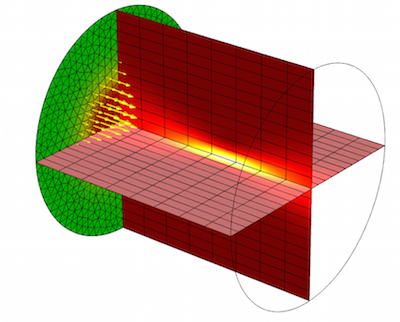
Modeling Laser-Material Interactions in COMSOL Multiphysics
When it comes to modeling laser-material interactions and heating, different modeling techniques are appropriate for different problems. We go over a few examples here >>
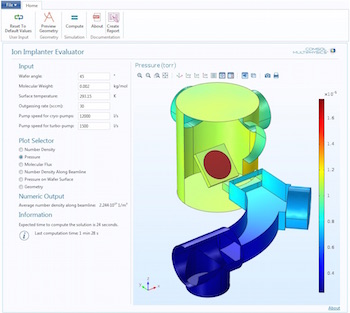
App: Evaluating the Design of an Ion Implanter
In the semiconductor industry, ion implanters are used to implant dopants into wafers. By building a simulation app, device designers can quickly and easily test a wide range of parameters.
